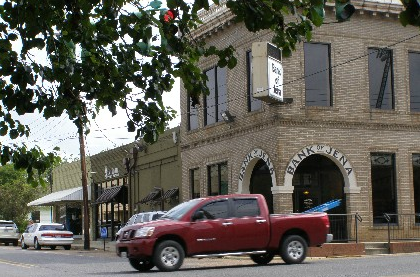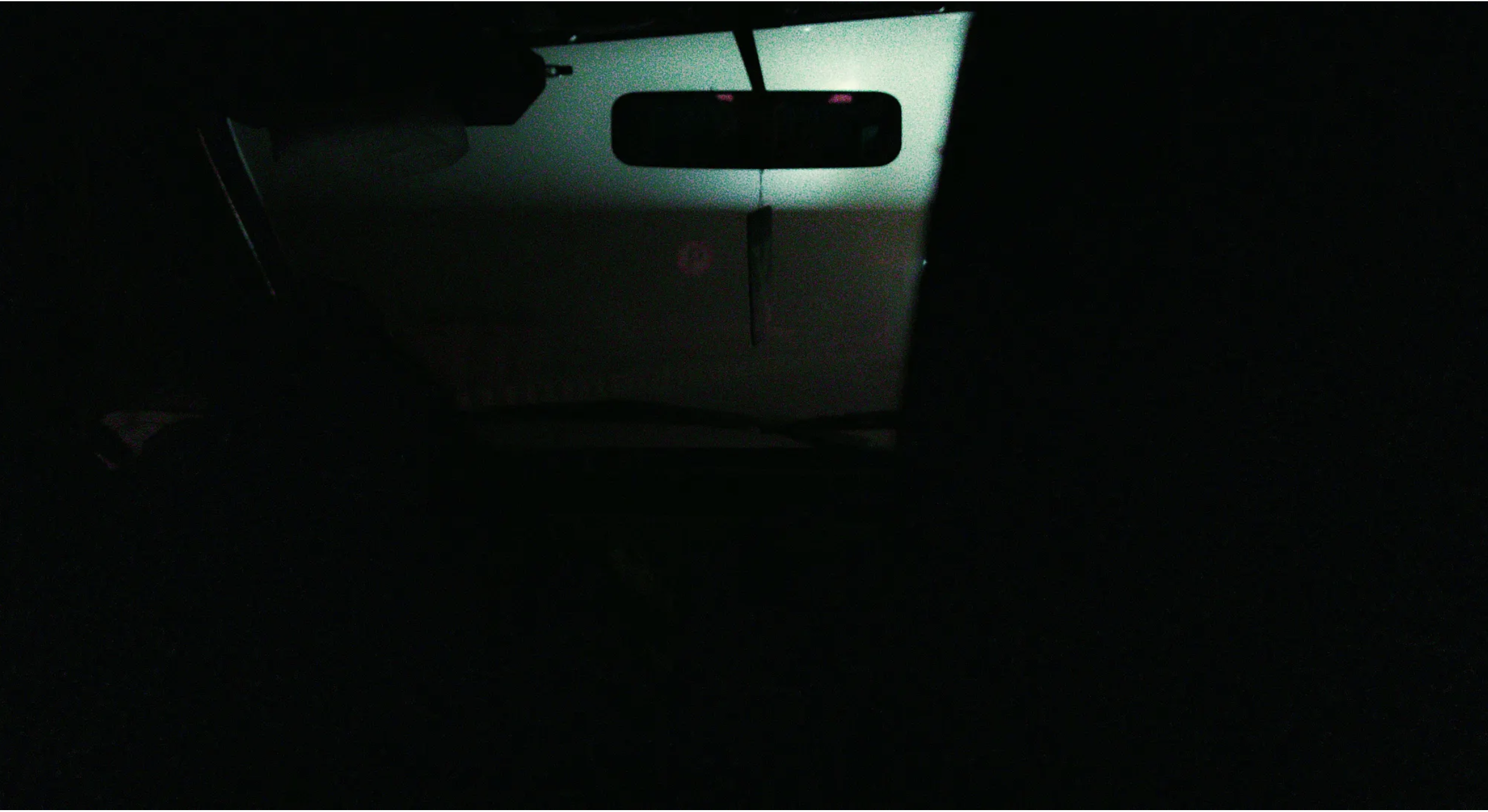Like thousands of small towns across America, Jena, Louisiana's main street is also a federal highway: U.S. 84. That's actually been a positive thing overall for this town of about 3,000, which relies on passers-by for business. Until recently, U.S. 84 was simply a two-lane road through Jena's historic downtown, indistinguishable from any other road, design-wise.

But following Hurricane Katrina, U.S. 84 was to be widened; the road was among those targeted as an evacuation route from New Orleans. Little downtown Jena was right in the path.
Main streets that are also state or federal highways pose special challenges. The key to maintaining a functioning road for the community is to understand that main streets are places, in addition to thoroughfares, says Jim Charlier of transportation planning firm Charlier Associates. Charlier led a webinar on the topic this week with the Sonoran Institute.
"Why is it so hard when your main street is a state highway," he said. "The state highway function starts to take precedent over the main street function."
Charlier and his associate, Vickie Jacobsen, had some advice for communities in this position. It's important to consider the unique conditions of every town in a road design, they said, but there are key hallmarks of successful main streets.
The most important ingredient in a main street, says Jacobsen, is on-street parking. "It is a critical aspect," she said. "It has a role in how fast traffic moves through. The activity that happens in that lane slows traffic down."
If there's no street parking, businesses will start to supply it next to their buildings. Which leads to the second most important ingredient of a successful main street: few to no curb cuts. "Adding multiple driveways immediately erodes the ability for pedestrians and cyclists to negotiate the area," Jacobsen said. "It makes it a much more car-oriented street."
Main streets, generally, should not have speeds higher than 30 miles per hour, they said. For the most part, main streets do not have medians either, but there are exceptions. Main streets tend to be storefront streets. If there aren't any storefronts, the street may not really be accurately classified as a main street.
Obviously, a lot of these features don't mesh with the function of state highways. There is a constant struggle when a town shares its main street with the state DOT, said Charlier. State objectives need to be balanced with the community's vision.
One important piece of advice for communities: Take information from state DOTs and other high-level transportation agencies with a grain of salt, Charlier said. "When people start saying that this higher authority is requiring something, ask for documentation," he said. "Some of the things we hear engineers say are not really true."
"We hear citizens being told things like this: 'The FHWA requires level of service C in year 20,'" said Charlier. "Baloney; it’s not true. The federal government does not provide guidance at this level." Charlier recommends that concerned citizens "chase" those kind of statements "back to the source."
In the end, the town of Jena explored a number of possibilities, including a bypass of its downtown. But locals were concerned about that approach.
"The businesses there were not happy about a bypass and the anticipated development that may accompany a bypass or not accompany a bypass," said Jacobsen.
As a compromise, Jena's two-way main street was transformed to a two-lane, one-way route, and other traffic was diverted to a nearby street of the same design. Charlier said it was "not an easy answer," but it satisfied the requirements without doing major harm to downtown.
"To them [it was] far preferable to losing all the traffic from their historic main street," he said.





